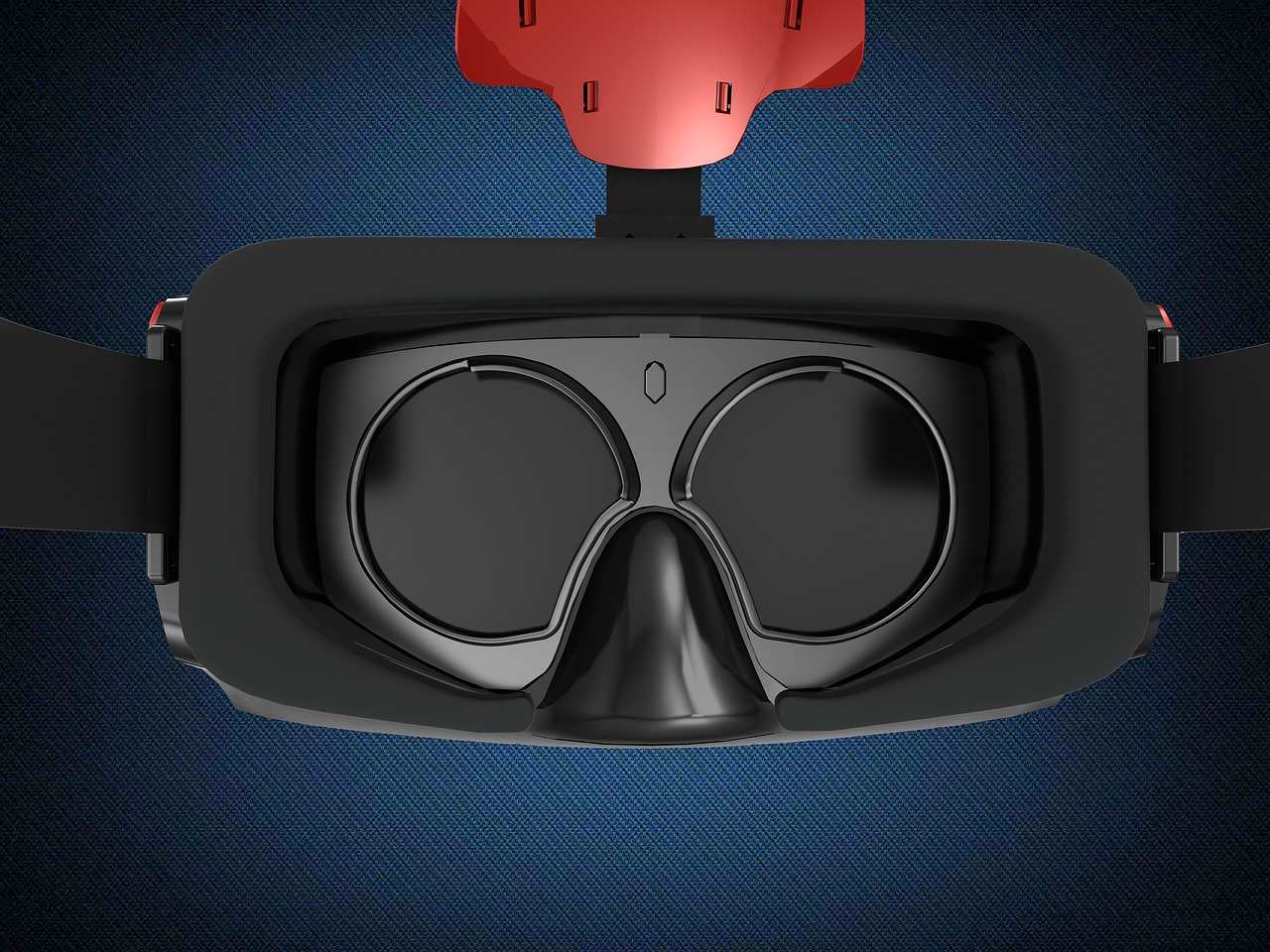Strategic Implementation of Virtual Reality in Industrial Training
Introduction: The advent of virtual reality (VR) technology has opened up a plethora of opportunities for industries to optimize their operations, particularly in the realm of employee training. By providing immersive, risk-free environments for practice and learning, VR has the potential to revolutionize industrial training methods. This article delves into the adoption of VR in industrial training, its benefits, and the challenges it poses.

The Emergence of Virtual Reality in Industrial Training
Virtual Reality is a technology that creates a simulated environment, allowing users to interact with an alternate reality. Over the years, the application of VR has expanded beyond gaming and entertainment, permeating various sectors including education, medical, military, and industry. The industrial sector, in particular, has seen a significant shift in training methods with the introduction of VR.
Historically, industrial training has relied heavily on hands-on experience, often conducted in potentially hazardous environments. However, the emergence of VR has transformed this scenario, enabling safe and efficient training processes.
Current Trends in Virtual Reality-based Industrial Training
The use of VR in industrial training has become a significant trend in recent years. Industries such as manufacturing, construction, and oil and gas have started utilizing VR to train their workforce. This approach allows employees to learn and practice procedures in a controlled and risk-free virtual environment, thereby reducing workplace accidents and improving overall operational efficiency.
For instance, VR is being utilized in the manufacturing industry for training employees on assembly line operations. Similarly, construction companies are using VR to simulate working at heights or in confined spaces, providing their workers with realistic, hands-on experience without exposing them to actual risks.
Impact, Benefits, and Challenges of Virtual Reality in Industrial Training
The adoption of VR for industrial training has brought a significant impact on the sector. It has resulted in improved safety during training, increased operational efficiency, and reduced costs associated with traditional training methods.
However, like any technology, VR also comes with its share of challenges. The high cost of VR equipment and the need for specialized technical support can be deterrents for some companies. Additionally, VR cannot fully replicate certain physical sensations, such as weight or temperature, which can be crucial in some training contexts.
Practical Insights
- Early adoption of VR technology can provide a competitive edge, as it allows companies to train employees more efficiently and safely.
- While the initial investment in VR equipment can be high, the long-term benefits in terms of reduced training costs and improved operational efficiency can outweigh the upfront costs.
- Companies should consider partnering with VR solution providers who can offer technical support and help them integrate VR technology into their existing training methodologies.
As we tread further into the era of industry 4.0, the implementation of technologies like VR in industrial training will only surge. While challenges exist, the benefits of VR in enhancing operational efficiency and safety are substantial. By strategically integrating VR into their training methodologies, industries can reap these benefits and pave the way for a safer and more efficient future.




